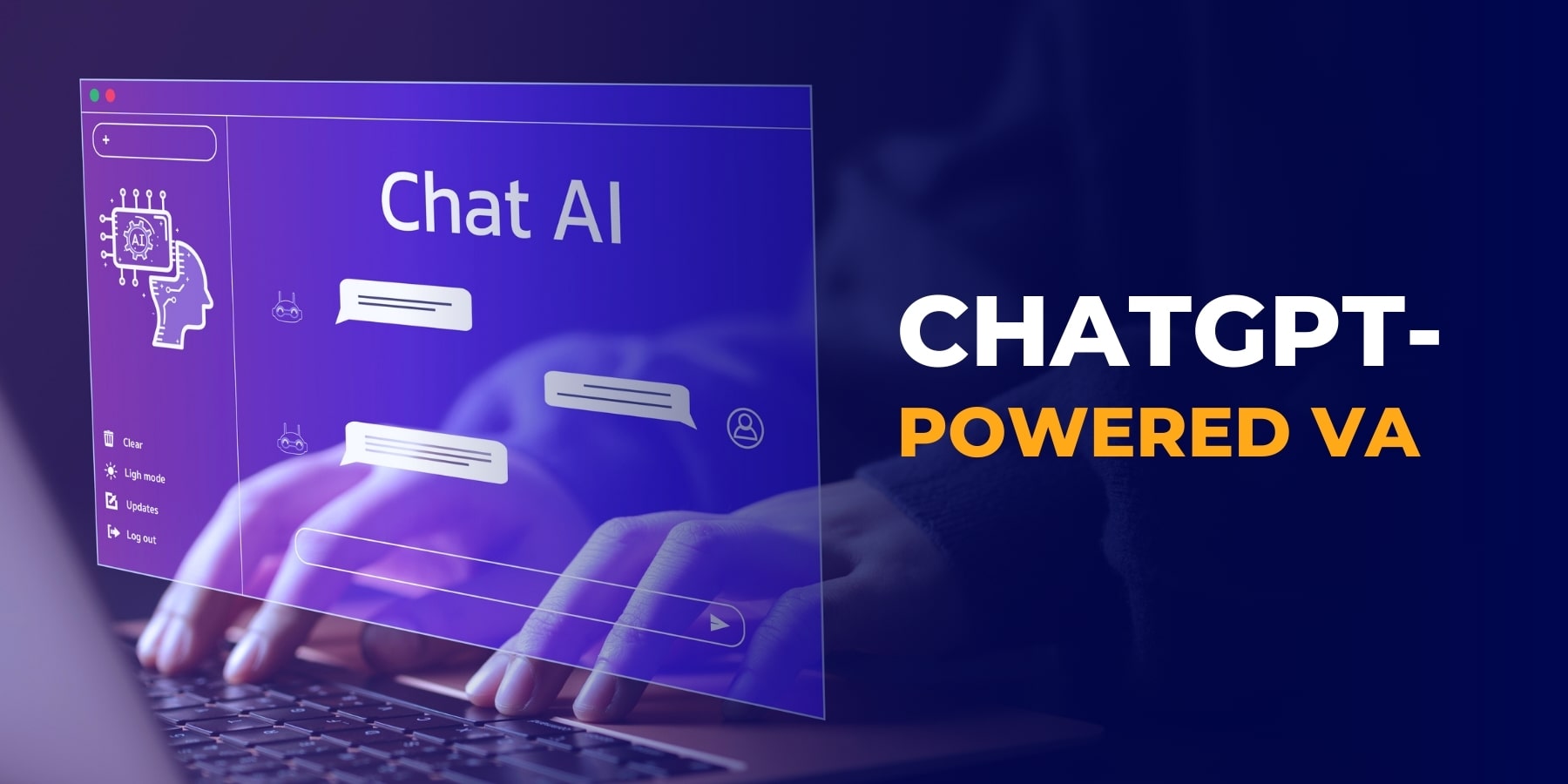Home / Blog / The Ultimate Showdown: ChatGPT-powered Virtual Assistants vs. Traditional Real Estate Support
The Ultimate Showdown: ChatGPT-powered Virtual Assistants vs. Traditional Real Estate Support
In the world of real estate, the contrast between traditional support mechanisms and the burgeoning use of ChatGPT-powered virtual assistants is stark and profound. Drawing from my experience in the industry, I’ve observed a transformative shift facilitated by these advanced AI tools. Traditional methods, though reliable, increasingly seem old-fashioned in the face of dynamic, scalable, and cost-effective virtual assistant technologies.
Here, I delve into the particulars of this evolution, examining the old and the new and projecting the trajectory of real estate support services.
Table of Contents
Traditional Real Estate Support: The Bedrock of Yesterday
Traditional support in real estate has long been the cornerstone of operations—a human-centric approach involving administrative assistants, receptionists, marketing teams, and customer service staff. These roles encompass a range of tasks:
- Managing property listings
- Scheduling showings
- Handling client queries and communications
- Executing marketing campaigns
- Processing paperwork and transactions
These functions are essential but often cumbersome and error-prone, bound by human limitations and working hours. While personal touch is invaluable, especially in an industry as relationship-driven as real estate, the inefficiencies inherent in traditional methods can undermine potential growth and responsiveness in a fast-paced market environment.
The Rise of ChatGPT-powered Virtual Assistants
The advent of AI-driven virtual assistants for real estate, particularly those powered by technologies like ChatGPT, heralds a new era. These VA tools are not merely administrative aids; they are comprehensive platforms that can revolutionize how realtors manage their workflows. Here’s what a typical real estate virtual assistant can do when using ChatGPT:
- Automate Client Interactions: Handle inquiries with programmed responses, schedule appointments, and send reminders.
- Lead Generation and Management: Use algorithms to identify and cultivate potential leads, scoring them based on likelihood to convert.
- Data Management and Reporting: Compile market data, generate reports, and manage listings with a high degree of accuracy.
- Marketing Automation: Create and deploy marketing materials across various channels, ensuring consistent and timely brand presence.
The breadth of capabilities offered by virtual real estate assistants using ChatGPT is impressive, providing realtors with the tools to automate routine tasks, optimize their operations, and allocate more time to client-facing activities.
Comparative Analysis: A Deep Dive
When comparing traditional support with ChatGPT-powered virtual real estate assistants, several dimensions are crucial:
1. Cost Efficiency
- Traditional Support: Involves ongoing expenses including salaries, benefits, and training costs.
- Virtual Assistants: Upfront costs associated with software setup and subscription fees, but significantly reduce overhead in the long term.
2. Scalability
- Traditional Support: Scaling up requires substantial human resources investment.
- Virtual Assistants: Easily adjustable to workload changes, allowing real estate businesses to scale operations without proportional increases in cost or personnel.
3. Availability and Reach
- Traditional Support: Constrained by business hours and geographical limitations.
- Virtual Assistants: Offer 24/7 availability and can serve clients from any geographic location without delay.
4. Technological Integration
- Traditional Support: Often limited in their ability to seamlessly integrate new technologies.
- Virtual Assistants: Built to integrate with existing CRM systems, social media platforms, and other tech infrastructures, enhancing overall efficiency.
Best Practices for Integrating Virtual Assistants
To effectively integrate a ChatGPT-powered virtual assistant for realtors, follow these best practices:
- Define Clear Objectives: Determine what you expect from your virtual assistant for real estate—be it managing communications, leads, or client engagement.
- Select Suitable Platforms: Opt for a virtual assistant for real estate that aligns with your business needs and technological capabilities.
- Ongoing Training and Updates: Keep the virtual assistant for realtors updated on the latest market trends and business strategies to maintain its effectiveness.
- Monitor Performance and Gather Feedback: Regularly review the performance of your virtual real estate assistant and seek feedback from users to refine its functionalities.
Key Takeaways
As we wrap up our discussion on ChatGPT-powered virtual real estate assistants versus traditional real estate support, it’s clear that these AI tools offer significant advantages for the real estate sector. Here are three key insights:
- Enhanced Efficiency: Automating tasks like client communication and data management allows real estate professionals to focus on high-value activities.
- Cost-Effective Scalability: Unlike traditional methods that can be costly to scale, virtual real estate assistants provide a flexible and economical solution to business growth.
- 24/7 Availability: Virtual assistant for real estate can operate around the clock, offering immediate support to clients worldwide, which improves customer satisfaction.
We invite you to share your thoughts in the comments and connect with us on our social media platforms: Facebook, Instagram, and Linkedin. For more insights into virtual assistant’s working strategies, join our community and stay informed!







